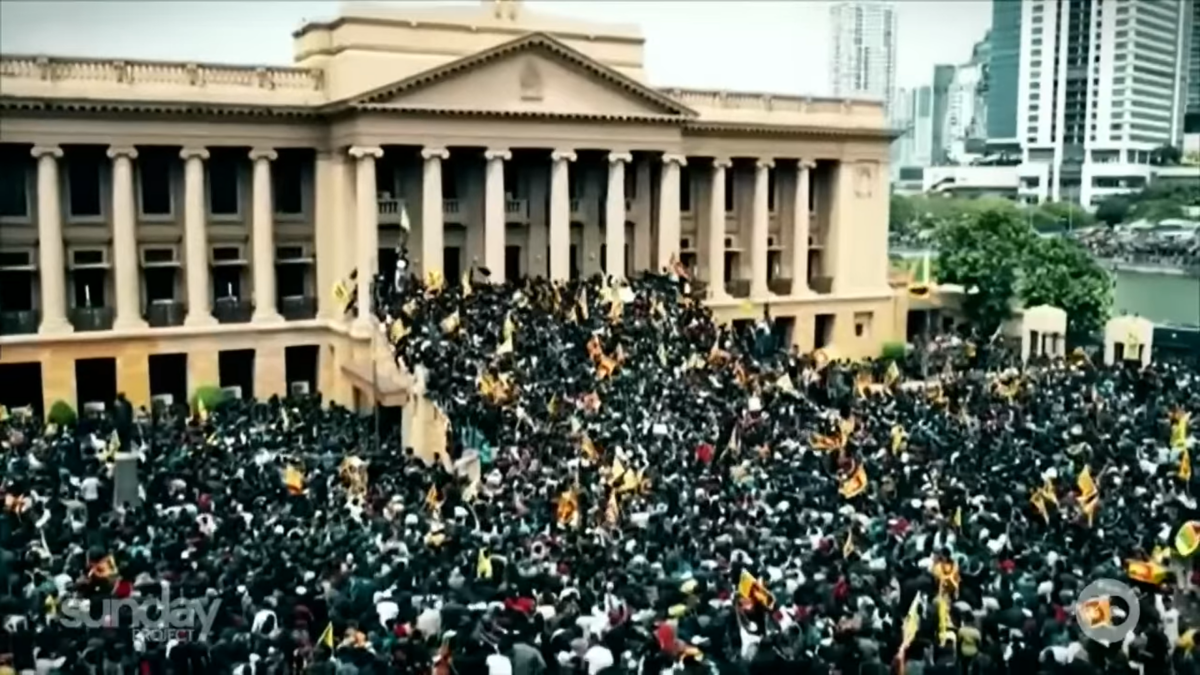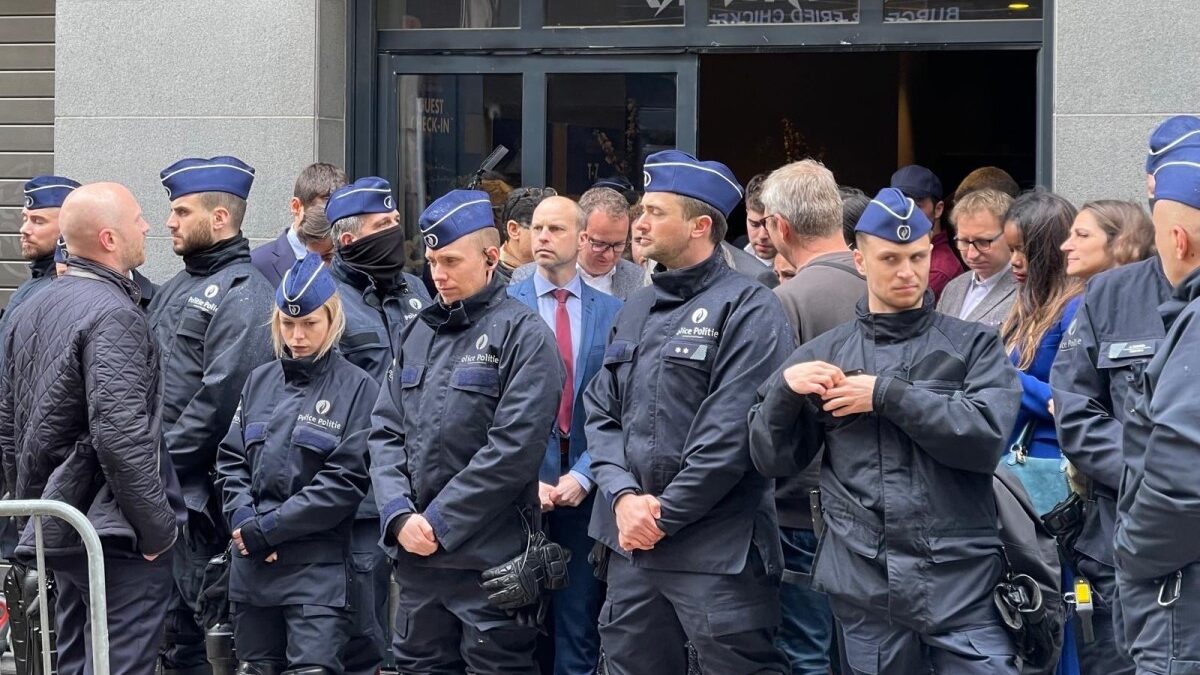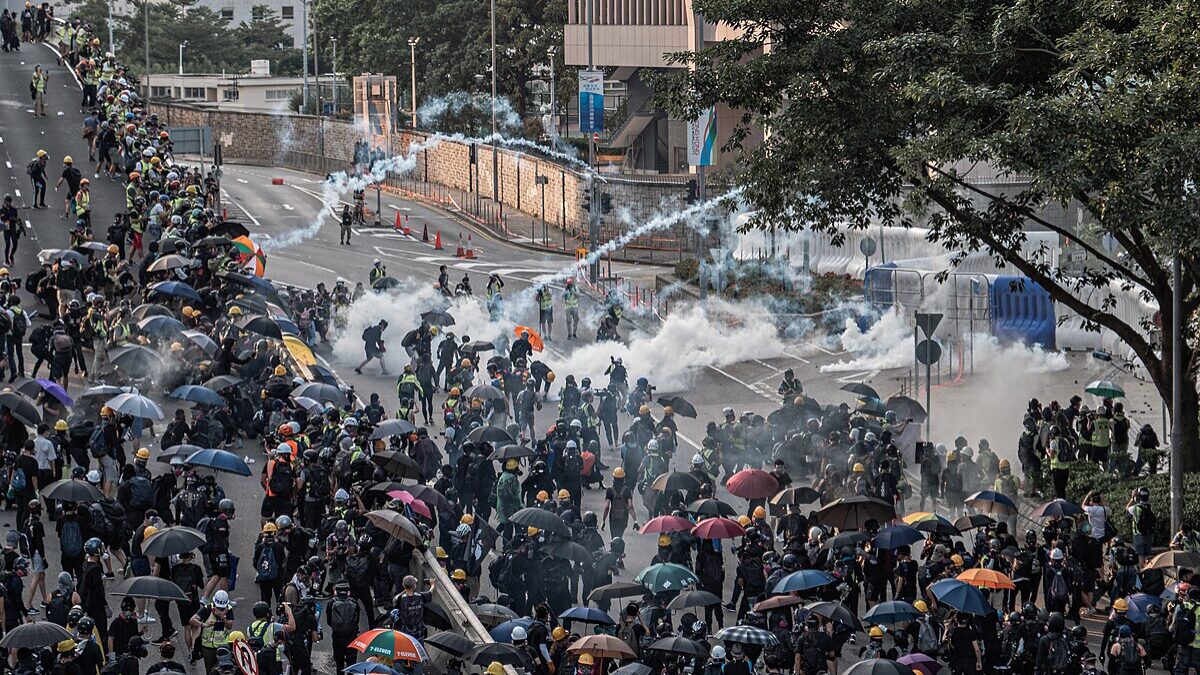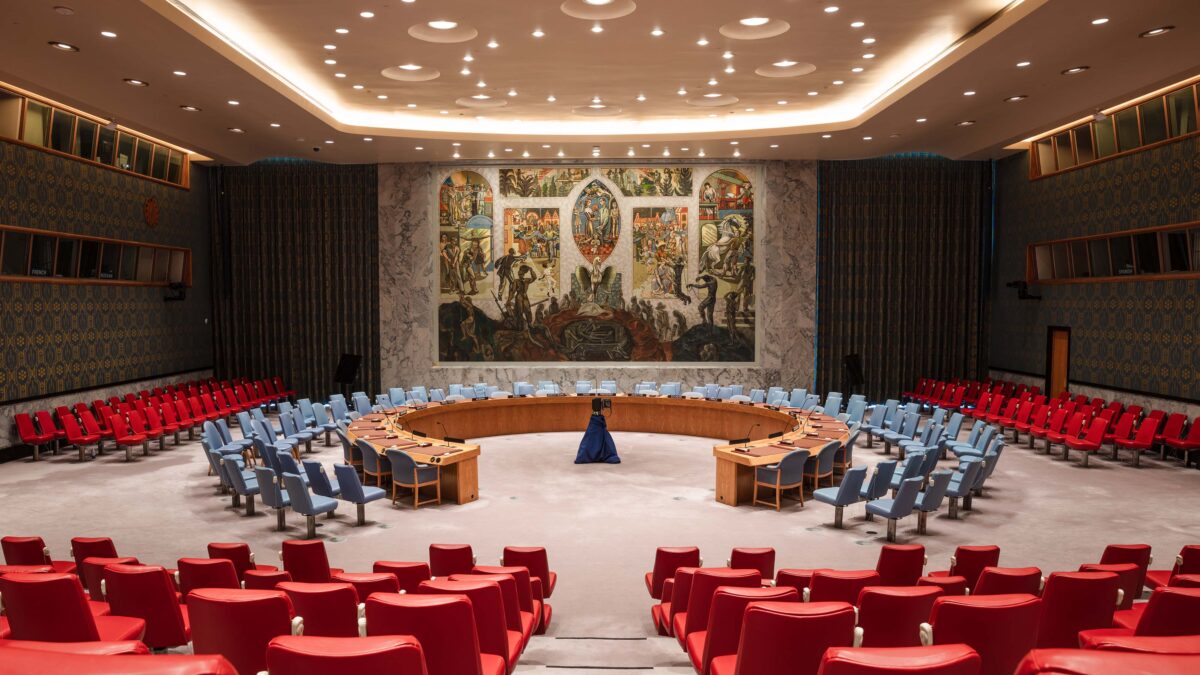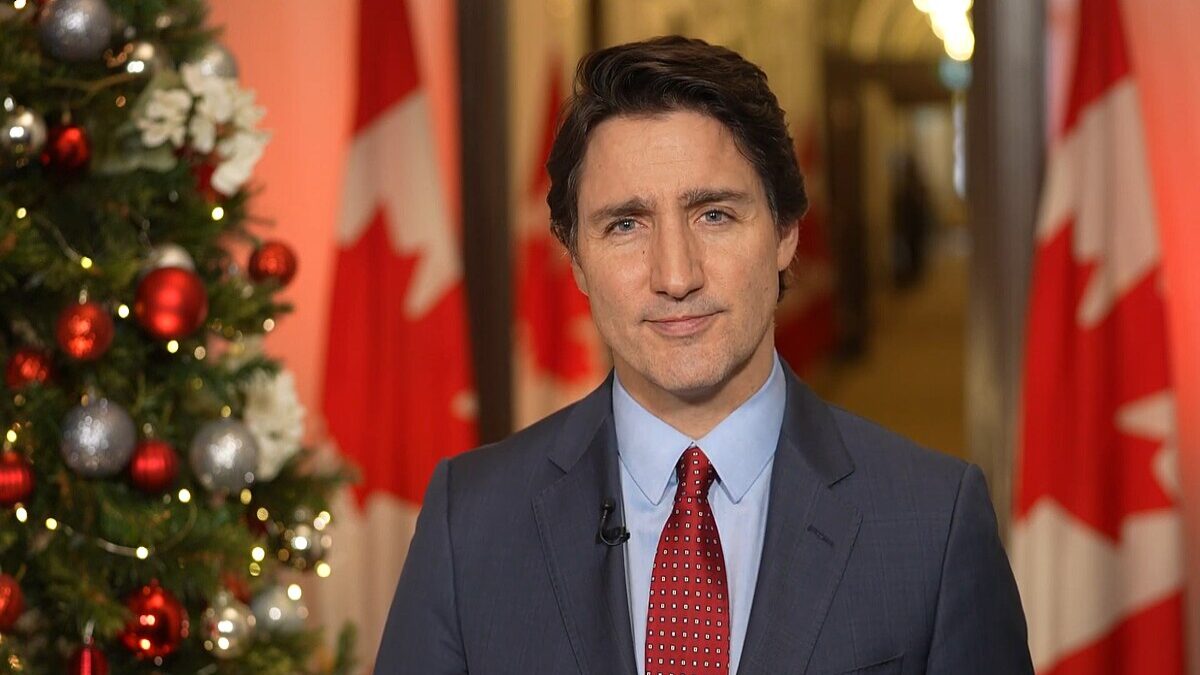Videos of Sri Lankans swimming in their president’s pool and tens of thousands swarming his residence went viral over the weekend, but precious little news of the green policies that left the island nation in anarchy made headlines.
After months of protests, the Sri Lankan people stormed the presidential suite and burned the prime minister’s residence on Saturday after both leaders escaped. President Gotabaya Rajapaksa fled to the Maldives on Wednesday after resigning, and the prime minister is promising his resignation as soon as a replacement appears.
The fuel has run out in Sri Lanka, with tuk-tuk drivers being forced to wait for days just to fill their eight-liter tanks. Power blackouts are a daily occurrence. The inflation rate in Sri Lanka reached a whopping 54.6 percent in June, and the growing cost of food, clothing, transportation, and electricity — some of which are three times the normal price — has tanked the value of the rupee. Being an island country, catching fresh fish instead of buying food would be a relief, but there’s no diesel to go out to sea to fish for them.
This crisis in Sri Lanka started in 2019. Run down by years of gross mismanagement over successive governments, Sri Lanka was saddled with mounting debt and inadequate production rates. Rajapaksa succeeded his brother in 2019, and his administration issued deep tax cuts which only made the situation worse.
In 2020, the country was hit by Covid-19 and its debt grew to over 101 percent in relation to its GDP. The pandemic wiped out much of Sri Lanka’s tourism industry, which constituted almost 12 percent of its GDP. Increasing energy prices in 2022 only further entrenched the nation in an economic crisis, and its national debt for 2022 is estimated to be nearly 109 percent in relation to its GDP.
The 2021 inflation surge that has grown into a full economic crisis is in no small part thanks to climate radicalism. Suckered by European Green Deal propaganda, the Sri Lankan government implemented a ban in April 2021 on the main thing propelling its agriculture-based economy: chemical fertilizer. On an island where 15 million out of its 22 million people rely on farming, over 90 percent of them had used chemical fertilizer prior to the ban, which went into effect immediately with no time for contingency planning. By the time the government realized its mistake, it was too late.
One-third of the farmlands lay dormant in 2021, and 85 percent of farmers faced crop losses. Small farmers bore the brunt of the burden and reported a 50 to 60 percent decrease in yield. Carrot and tomato prices increased by five times their original price. Sri Lanka’s rice production fell by 20 percent and prices jumped 50 percent in a span of six months. Formerly self-sufficient in rice, shortages forced Sri Lanka to import $450 million’s worth of the grain.
Worst yet, the fertilizer ban hit the tea industry, its second-highest export. Sri Lanka exported $1.24 billion worth of tea in 2019. These exports paid for 71 percent of the country’s food imports up until 2021. After the April ban, the tea industry crashed, with production and exports down 18 percent from November 2021 to February 2022 for a 23-year low.
Rajapaksa gave up his goal to be the first nation to fully embrace organic farming and rescinded the ban in November of 2021, but the damage was already done. Sri Lanka’s stellar ESG score (a United Nations metric of investments made following supposedly better environmental, social, and governance standards) isn’t doing its people much good.
Even the European Union, which promoted these green policies, is noticing the Green Deal isn’t a good one. Earlier this month, after solar- and wind-derived energy failed to keep Europe’s gas prices down, the EU voted to include some nuclear and natural gas power under the label of “green energy.”
